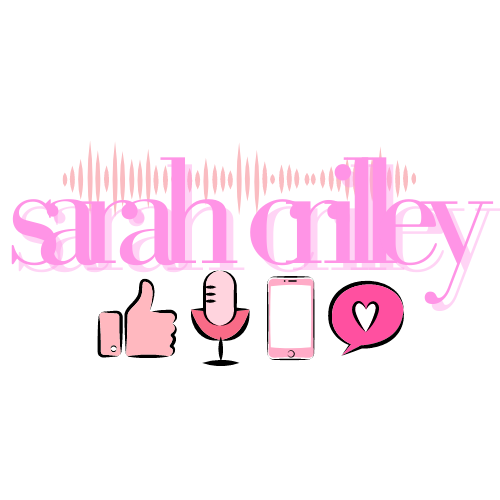What’s real and what’s fake in 2025
What's Real and What's Fake in 2025: How to Spot AI-Generated Content
In 2025, the line between human and artificial intelligence (AI) content has become blurrier than ever.
As you are reading this, you may wonder if I, Sarah, am actually the one behind the keyboard.
Answer: Yes ;-) and….
No.
I did a blend on this blog, I typed a query out of my own mere curiosity.. had chat GPT spit out a chat version, copied it and now yours truly is typing typing typng..
First I will admit I am in love with the ease of AI doing the initial thinking. Also the spell check is wonderful since I clearly am not a spelling bee champ.
But I digress.
AI-generated text, images, videos, and even voices are now so advanced that distinguishing between human and machine-made content requires a keen eye.
Whether you’re scrolling through social media, reading news articles, or interacting with customer service, it's crucial to know what's real and what's AI-generated.
Here’s how to vet REAL human content and REAL people operations in the age of AI dominance.
The AI Boom: What’s Being Automated?
AI has taken over many aspects of our digital interactions.
It can be annoying.
It can be brilliant.
Here are some areas where AI-generated content is widespread:
News and Articles: Many media outlets use AI to draft news reports, summaries, and even full-length articles. Shocker? Probably not.
Social Media Posts: Brands and influencers employ AI to generate captions, tweets, and automated responses. Which can be a big problem when there is breaking news and key areas that makes the automated content insensitive or outdated. And in today’s world at the speed of news, alot gets outdated VERY fast.
Customer Support: Chatbots and virtual assistants handle most customer service inquiries without human intervention. This I can hardly stand to tolerate. GIVE ME A HUMAN!
Images and Videos: AI can create hyper-realistic deepfake videos and photorealistic images that are indistinguishable from reality. Scary?
Music and Art: AI can compose music, paint digital art, and even write poetry in various styles. Cool!
With AI so deeply embedded in our digital landscape, it’s essential to develop critical skills to tell human and AI-generated content apart.
How to Vet Content in 2025
1. Check for Inconsistencies
AI-generated content can sometimes have subtle errors or inconsistencies. Look for unusual phrasing, repetitive patterns, or minor factual mistakes that a human writer wouldn’t typically make. And actually, I make many mistakes so sometimes mistakes can be a human thing, it’s best to know the vibe from the source. I write like I talk so my readers know it’s me. I promise, this is me behind the keyboard haha!
2. Reverse Image Search
With AI creating hyper-realistic images, a quick reverse image search can help determine if an image has appeared elsewhere or was AI-generated. Love this. I use it all the time for trying to find products online and do some due diligence on price matching.
3. Analyze Writing Style
While AI has improved in mimicking human tone, it often lacks true personality and originality. Look for overly structured, predictable phrasing and an absence of deep personal insights. Can you tell by this post?
4. Use AI Detection Tools
Several tools exist to detect AI-generated text, images, and videos. OpenAI’s AI detector, GPTZero, and other emerging verification tools can help identify machine-generated content. I have not used this yet but very excited to try it.
5. Verify Sources
When reading an article or watching a video, check the source. If the author is unknown, there’s no clear publication history, or the website lacks credibility, the content may be AI-generated.
6. Look for Deepfake Markers
AI-generated videos and voice recordings can be deceptive, but minor glitches, unnatural blinking patterns, or lip-syncing errors can reveal their artificial nature.
The Future of AI and Human Creativity
AI is here to stay, and in many cases, it enhances human creativity rather than replacing it.
However, as AI-generated content becomes increasingly convincing, the responsibility falls on consumers to stay informed and critically evaluate what they engage with online.
By practicing digital literacy and using verification tools, we can navigate this new landscape with confidence, ensuring that we recognize what’s real and what’s AI-crafted in 2025 and beyond.
